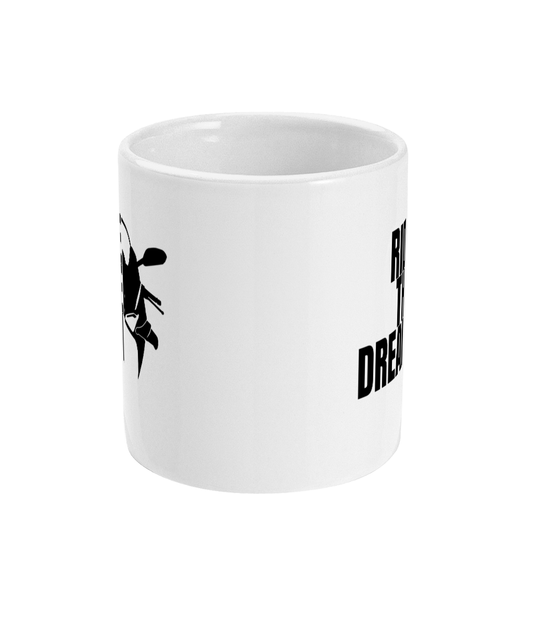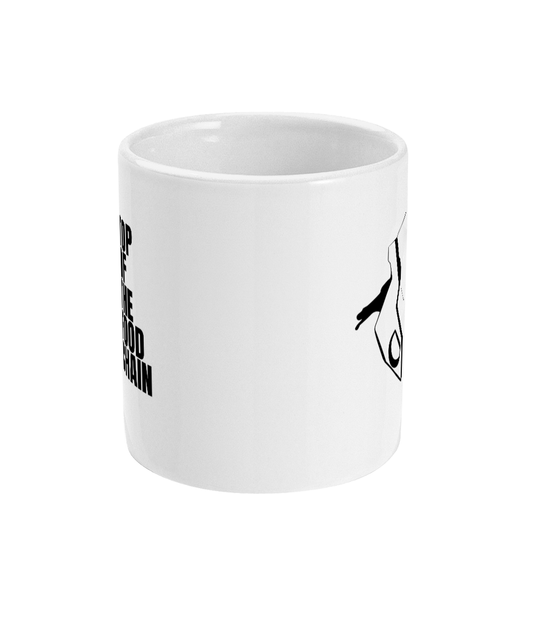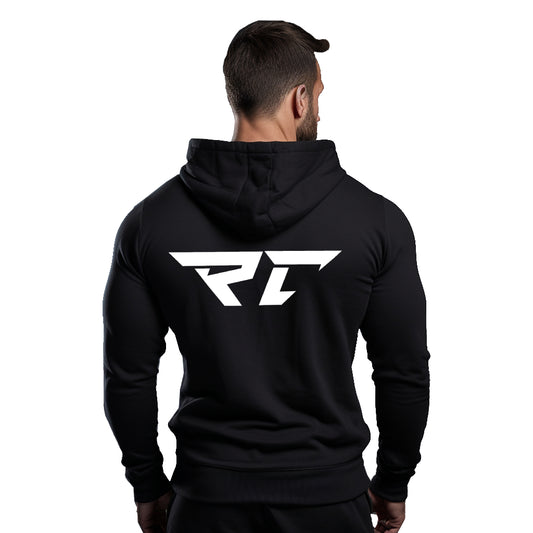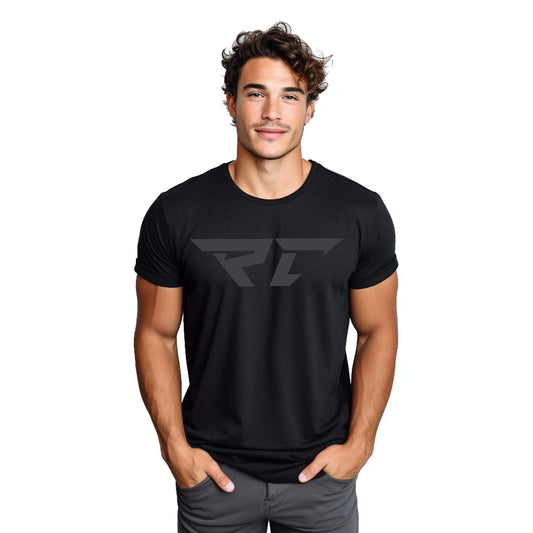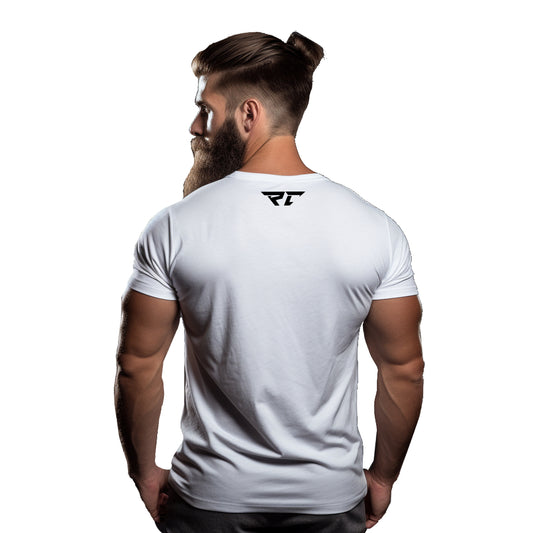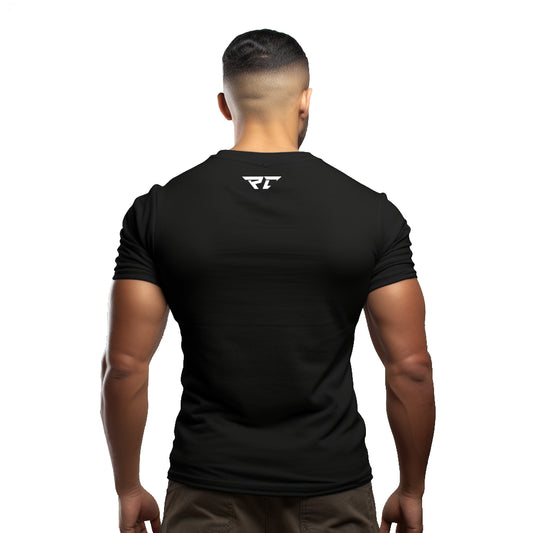
The Art of Dragging Knee: A Guide for Motorcycle Enthusiasts
Share
Dragging knee is a technique associated with advanced motorcycle riding skills and is often seen as a mark of a skilled rider. While it may seem daunting at first, with proper practice, dedication, and adherence to safety precautions, you can learn how to drag your knee on a motorcycle. In this guide, we'll outline the key steps and considerations to help you master this technique safely and effectively.
-
Skill Development and Safety: Before attempting to drag your knee, it's crucial to have a solid foundation in motorcycle control and cornering techniques. Make sure you are comfortable with body positioning, countersteering, and proper cornering techniques. Consider taking advanced riding courses or seeking guidance from experienced riders to enhance your skills and understanding.
-
Protective Gear: Invest in high-quality motorcycle gear that provides maximum protection. Essential items include a full-face helmet, leather or textile riding suit with knee pucks, gloves, and sturdy boots. The knee pucks, usually made of plastic or a similar material, serve as the contact point for your knee during the maneuver.
-
Body Positioning: Achieving the correct body positioning is critical for dragging knee. While entering a corner, shift your body weight slightly towards the inside of the turn, allowing your knee to come into contact with the knee puck. Keep your upper body relaxed and upright, head and eyes level, and your inside arm relaxed and slightly bent. Practice this position on straight roads before attempting it in corners.
-
Gradual Progression: Start by practicing on a racetrack or closed course with plenty of space and a smooth surface. Choose a corner that suits your skill level and comfort zone. Begin with moderate speeds and gradually increase them as you gain confidence and proficiency. Focus on smooth and controlled cornering rather than solely trying to drag your knee.
-
Cornering Technique: Approach the corner using proper entry and line selection techniques. Look through the turn towards the exit, maintain a smooth throttle control, and initiate the turn with precise countersteering. As you lean into the corner, allow your knee to gently touch the ground. The contact should be light and brief, as excessive pressure can compromise stability and control.
-
Gradual Increase of Lean Angle: Mastering knee dragging requires gradually increasing your lean angle. Gradually work on leaning the motorcycle further while maintaining a relaxed upper body position. As you become more comfortable with increased lean angles, you can work on extending the duration of knee contact.
-
Practice, Patience, and Persistence: Becoming proficient at dragging knee takes time and consistent practice. Be patient with yourself, and don't rush the process. Practice regularly, gradually pushing your limits while prioritizing safety. Analyze and learn from each attempt, adjusting your technique as necessary.
-
Know Your Limits: Remember that knee dragging is not a mandatory skill for riding a motorcycle, and it's important to know and respect your own limits. Pushing beyond your comfort zone too quickly can increase the risk of accidents. Focus on improving your overall riding skills and safety rather than solely chasing the goal of dragging knee.
Conclusion: Dragging knee on a motorcycle is a challenging and exhilarating technique that requires skill, practice, and an understanding of safety principles. It's essential to build a strong foundation of riding skills, invest in proper gear, and gradually progress your lean angles. Remember, safety should always be your top priority. Enjoy the journey of improving your riding abilities, and embrace the art of dragging knee with respect for the craft and a commitment to responsible riding.

















